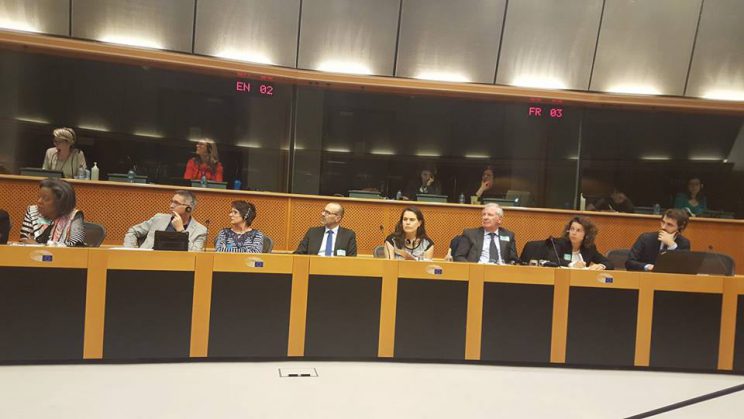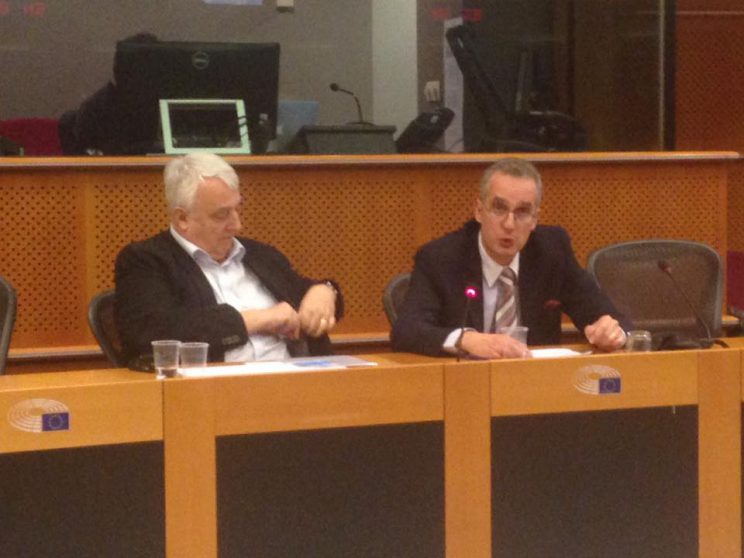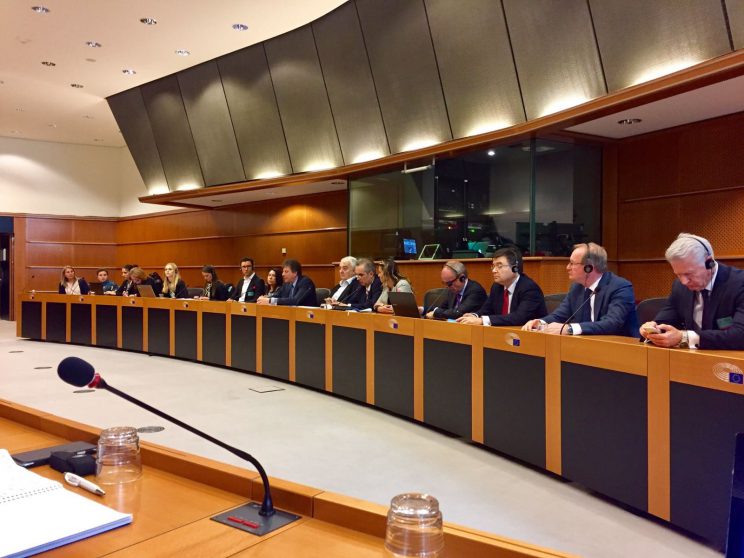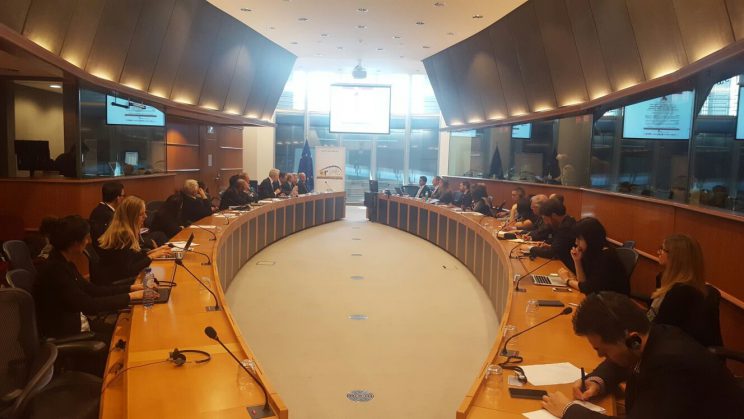ESTABLISHMENT OF PROPER FOLLOW UP CARE COVERAGE FOR VENTRICULAR ASSIST DEVICES IN END STAGE HEART FAILURE PATIENTS REQUIRES INVOLVEMENT OF NATIONAL, LOCAL AND REGIONAL AUTHORITIES
During the first roundtable ,Monday, 10th April 2017, on Mechanical Circulatory Support coverage and reimbursement in the European parliament, hosted by MEP DR. Claudiu Ciprian Tănăsescu and co-organised by the European Academy of the Regions, UEMS, ISHLT (MCS working group), HFA (ESC), ESOT, SITU among other foundations; cardiologists and cardiothoracic surgeons from 8 different European countries treated aspects of the reimbursement, health economics and follow up care coverage for the different components for mechanical circulatory support devices in cases of advanced heart failure.
Most speakers insisted that advanced heart failure is a more frequent reason for disease than cancer, HIV, renal dysfunction but is largely ignored as an increasing medical problem and does not receive the necessary attention neither resources from the healthcare authorities and policy makers.
Several speakers insisted that heart transplantation as sole remedy for critically failing hearts is frequently replaced in the 21st century by sophisticated devices giving patients with reduced life expectancy back a more or less normal lives. They insisted though that the program is ongoing and in progress requiring a specific follow up care approach similar to dialysis in renal dysfunction patients or inmunodepressant therapy after heart transplantation . ventricular Assist Devices become smaller, easily implantable and more reliable. It is a story in which cardiologists, surgeons, patients and the industry continuously learn and that requires the involvement of politicians to drive the therapy to next level. However, the story only begins when patients are discharged, device maintenance and patient revalidation and permanent monitoring cannot be underestimated to ensure long term patient survival. Governments shall not ignore the importance of this therapy and shall consider expanding the treatment capacity in their country or region in times of budget reduction to reduce mortality. What we learned during the experience presentation over the various countries, was that the involvement of social security in therapy development is situated on various political levels in the different European countries.
In Italy, Spain and Switzerland, regional authorities contribute to subsidizing treatments up to a certain level through social security funds but it is not enough to ensure the follow up care and patient set replacements are covered leading to a situation of financial distress for VAD centers.
In Belgium and the Netherlands, social security is a central government matter, in which the rules are established for the entire country but still room for improvement in terms of age and volume restrictions. Lack of additional funds allocation is in those cases the most dominant decision factor.
The chairman of the day, Prof.dr. Mircea Cinteza pleaded therefore that the aim should be that every patient with a heart problem should have the perspective to be treated in the most adequate way throughout Europe. So that governments or hospitals should not be forced to play God and decide about life and death of private individuals.
We conclude that there is room for development, especially on the outpatient setting where device patient set replacements, follow up care and shared care programs shall receive additional funds to ensure proper patient follow up.
— EAR-AER (@aer_ear) April 10, 2017
https://www.linkedin.com/hp/update/6257450943516942336





